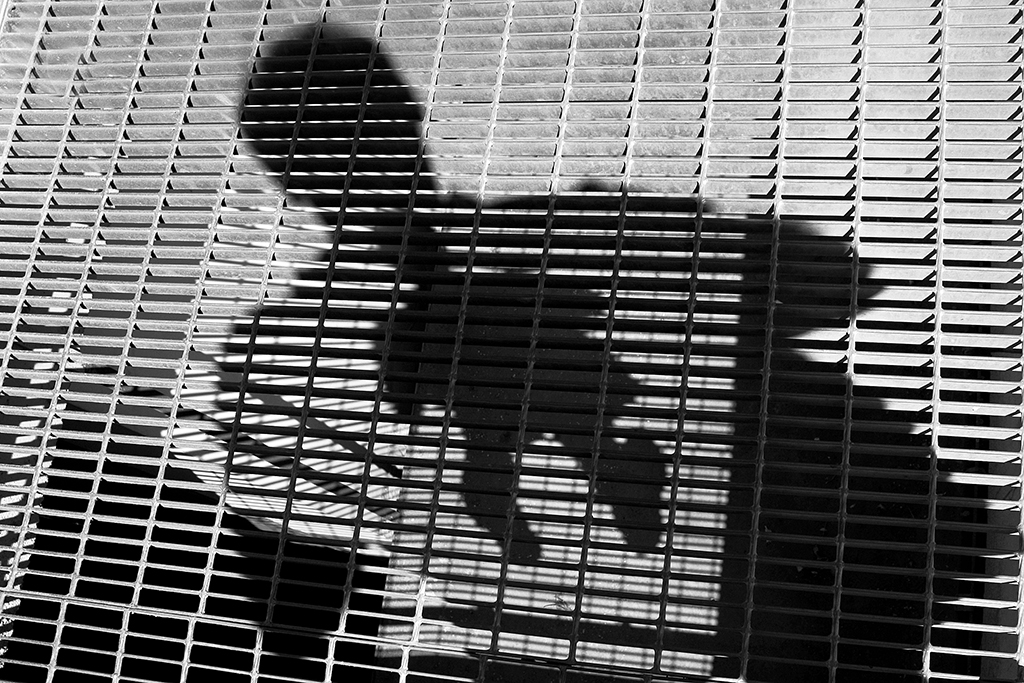Umberto Verdoliva: my natural way of seeing things
What led you to begin doing street photography in the first place?
I started taking photos in 2006, “constrained” by the necessities of work; I have always lived in the city and looking around me seemed quite normal. At some point some pictures taken by FAN HO made me reflect on the expressive possibilities (potential) that photography could offer to me personally. Just like that, walking from home to the place where I used to work I started taking pictures. And that is what I’ve been doing for 12 years now, looking closely at the world around me.
How would you define your photographic style?
In some ways my style is similar to that of the great masters. My photos are similar to the ones from the past. Maybe nowadays it is not considered a positive quality, but it represents my natural way of seeing things and I wouldn’t dream of transforming it into something that doesn’t feel right (that doesn’t represent me).
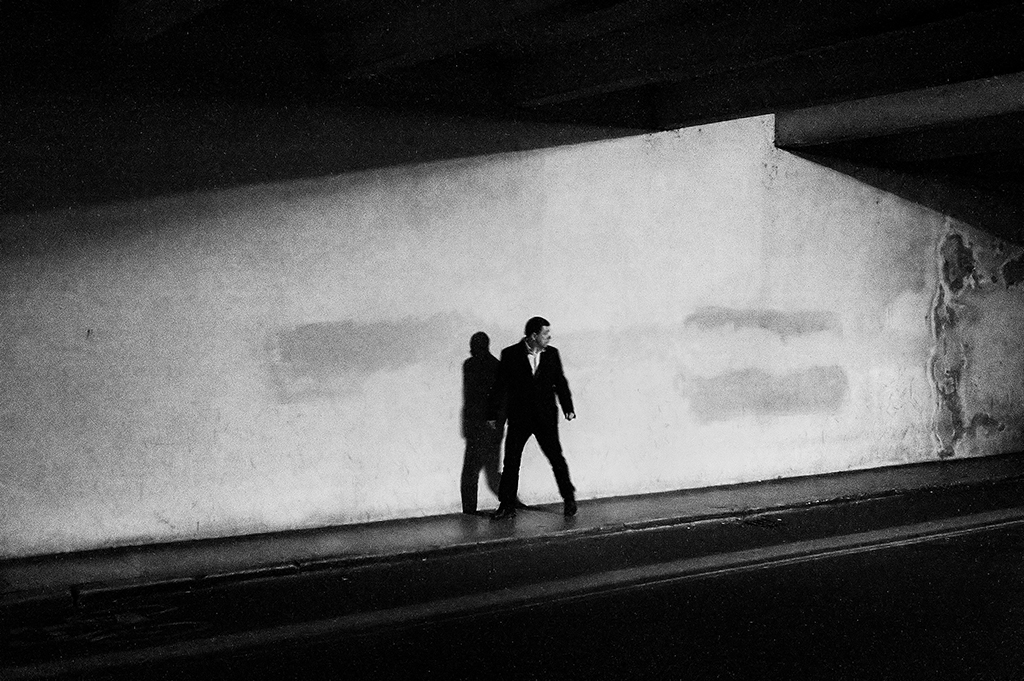
Have you ever studied at a photography school or are you a self-taught artist?
I am a self-taught photographer. I’ve been studying the history, techniques, lives and thoughts of great photographers for years now. I enjoy reading essays and reflections and I value most the thoughts of those who are not part of the world of photography but are eager to understand it and talk about it intelligently.
What kind of equipment do you use and what role, in your opinion, does equipment have in street photography?
I consider a camera a sort of a pen, an instrument that you have to be comfortable with, but I feel like it is so much more important to know what it is that you want to “write”. An inexpensive compact camera can be enough for this type of photography. The way in which you express your vision is way more important.
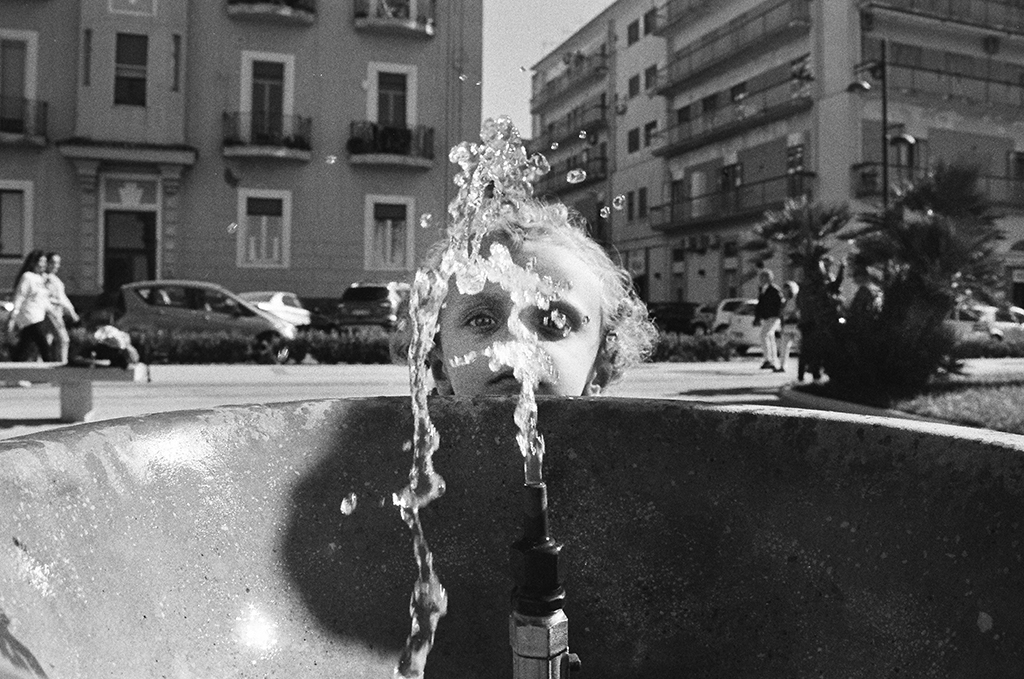
If you had to choose one lens that you would have to be using for the rest of your life, which one would that be and why?
This is another thing that for me is not essential. I would probably choose the 35 mm. I like its performance and it is ideal for my eye and for the distance I want to create with the subjects.
Do you ever do Street Photography with your smartphone?
Yes, but only when I don’t have the camera on me (very rarely).
Analog and digital photography. Do you see these as alternatives to one another or the same thing?
It really depends on the use one makes of photography. From the commercial point of view, it is absolutely necessary to use digital photography: it makes sharing, modifying and posting faster and easier. In a case like mine I use photography as a means of personal expression. I made a step backwards and shifted from digital to analog photography, since when using it I feel more connected to my street approach, to my rhythms as well as to my way of seeing things.
“The possibilities that digital instruments provide, seeing the images right away, modifying them on one’s computer, sharing, give everyone an opportunity to feel like a photographer.”
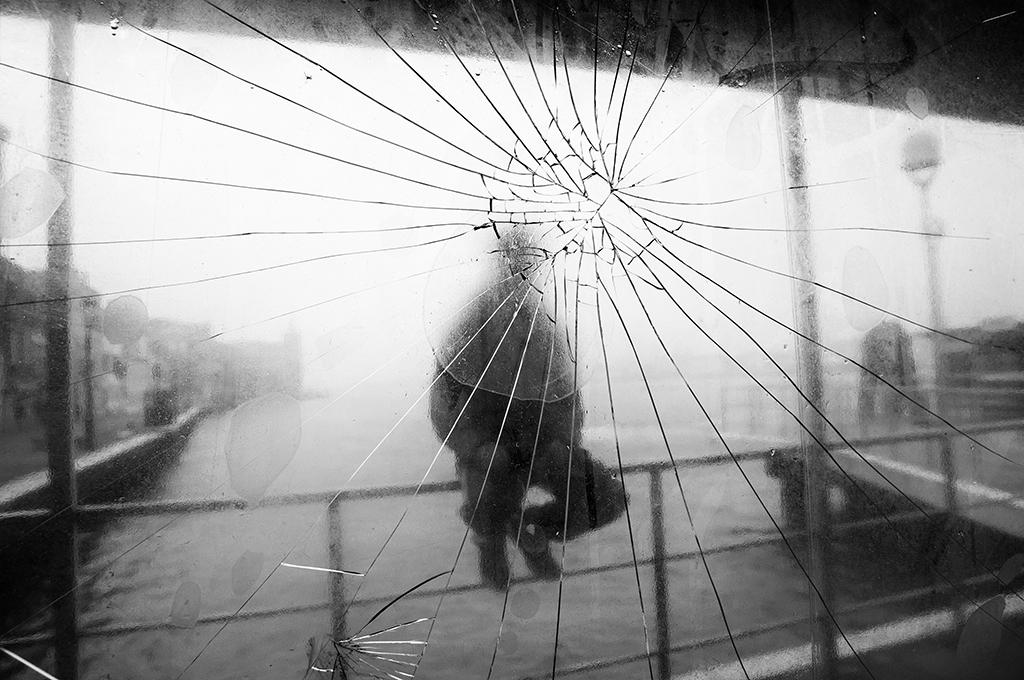
What, do you think, is the main reason why some photographers opt for film during the digital era we live in?
I personally could never approach photography if it weren’t for the digital. The possibilities that digital instruments provide, seeing the images right away, modifying them on one’s computer, sharing, give everyone an opportunity to feel like a photographer. Later on, when I became more aware of what photography actually means for me, I realized that I didn’t have any contact with the world of analog photography and once I started taking photos using film, I understood that maybe it was the most incredible part of photography I had been missing out on.
Today I realize my most important projects using a film camera. Film makes me think and not fill my hard disk with files. It gives me energy; it represents a difficulty that I find stimulating. It is much more complicated to gather moments using film: it creates a sort of a challenge with yourself.
Black and white and color? How do you decide which one to use?
I love black and white photographs. This is my vision, but at the same time I don’t renounce color. There are some things that are better in color and others I can imagine only in black in white. It depends, I don’t have any rules about that.
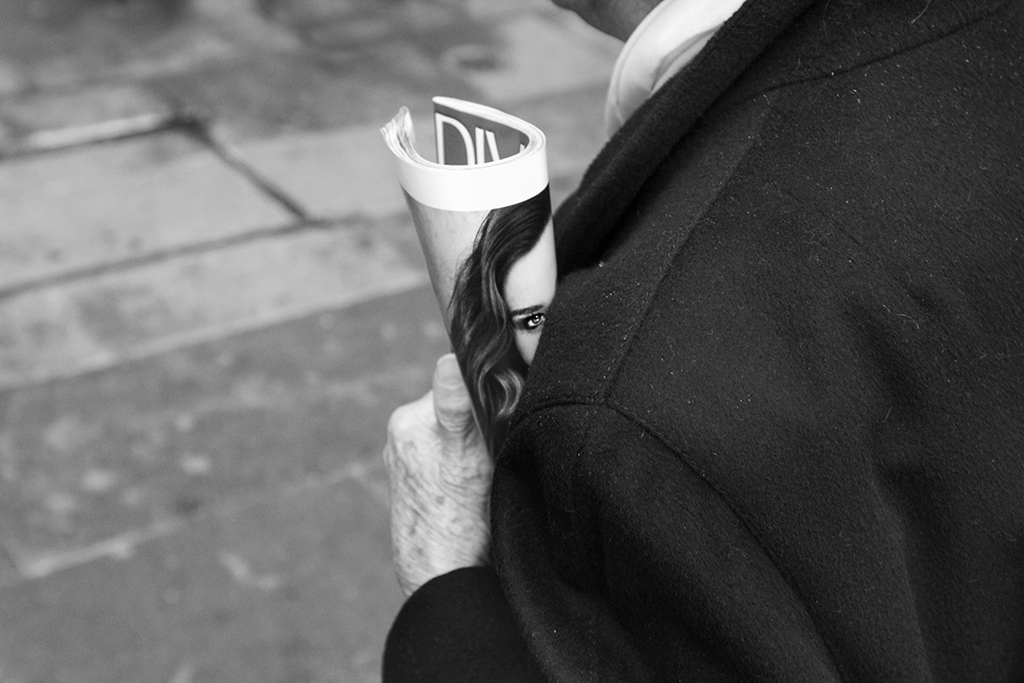
Is there a country or a city that you like to photograph more than others?
I always say that I take photos of “my town”, my everyday life. For me it is not about preferring one city to another, but about living my life and telling what I am willing to tell, the places I live in, understanding its moments and showing them to those who have a hard time seeing them, leaving traces of myself as well as gathering those of other people. I’ve had an opportunity to live in different cities and each and every one of them had something of its own to offer, something that has had an impact on my style and the choice of the subject matter.
In the last couple of years street photography has grown a lot. What do you think is the reason for that?
Probably many years from now some scholar working on social phenomena will have an explanation for what is happening at the moment. Let’s say that new technologies, and I am not even talking about cameras, but more about the possibilities that virtual community (marketplace) has to offer to each and every one of us, already in our first experiences with photography, have had an important impact.
And then there is also the fact that many people are not satisfied with what they do in their lives, so they use photography in order to escape from their personal distress. Others see it as an instrument that could help them change their lives. Future sociologists have a lot of material for their research.
When you take photos, do you ever have a theme/project in mind?
I take photos of all the things that surround me. I try to stay open and I never decide in advance what I am going to photograph. The themes emerge afterwards, often when I analyze my archive. It is the ideas that show what I am attracted to, what I like telling about. Taking photos for me is like walking on the beach: I collect moments as one might collect seashells. The well-being that the walk provides is what really matters.
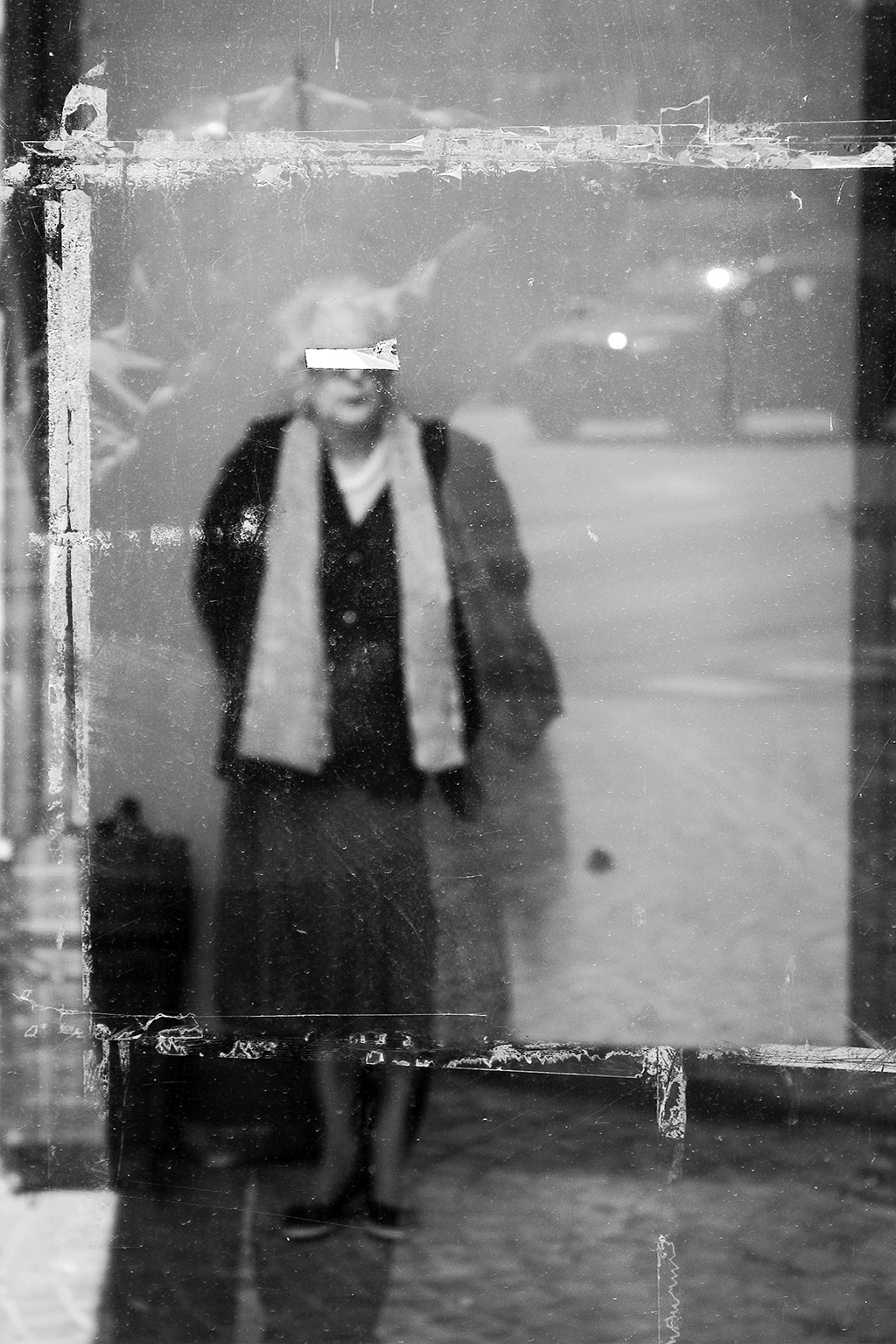
“In some ways my style is similar to that of the great masters. My photos are similar to the ones from the past. Maybe nowadays it is not considered a positive quality, but it represents my natural way of seeing things and I wouldn’t dream of transforming it into something that doesn’t feel right (that doesn’t represent me).”
Are there any photographers or artists who inspired you or influenced your way of creating street photography?
I feel very close to FAN HO: it was thanks to one of his photographs that I discovered photography. But I also love the works of many great photographers, that definitely have an impact on my work, even when I am not aware of it.
In Italy you are known as a street photographer with great artistic sensibility. What does art mean for you? And which, do you think, are the opportunities that art can provide to the street photographers who choose to express their identity through that discipline?
For me art is the ability to extract continuous reflections, both critical and positive, on the sense of life from each and every thing that exists in the world. Art brings humanity, allows for comparisons, criticizes systems, emphasizes feelings and always raises questions. Street photography can become art when it has the same objectives. It can become other things if the objectives are different.
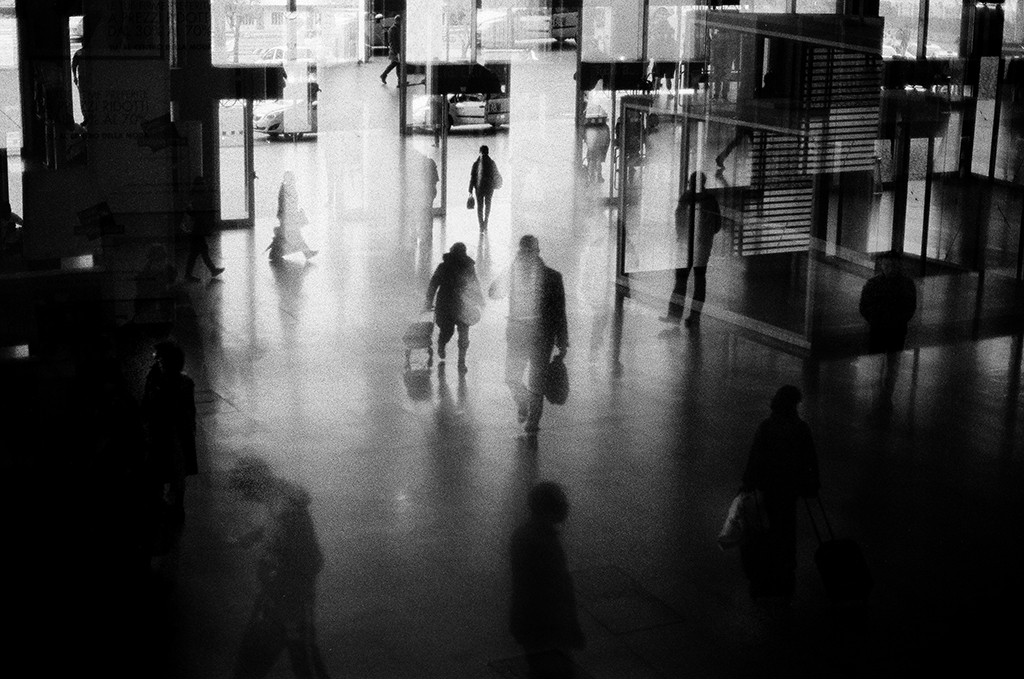
Are you currently working on any project?
Yes, as always. I often have to go to Naples for work and for a couple of years now I’ve been working on that city.
Which are your favorite photography books?
The Ongoing Moment by Geoff Dyer, but also Luigi Ghirri’s Lessons in Photography.
What advice would you give to someone who is starting to do street photography?
Take photos in order to feel good (about yourself) and don’t expect anything. Leave traces of yourself and collect the traces that others leave: seeing those is a gift, a memory, an encounter and growth. Don’t let yourself be restricted by the rules, traditions, competition. But don’t shout too loud: photography done in certain ways can be bad for you.
UMBERTO VERDOLIVA BIOGRAPHY:
Born in Castellamare di Stabia (province of Naples) in 1961 and living in Treviso since 2004, Umberto Verdoliva has been photographing since 2006. Today, he holds workshops and in-depth studies on street photography. In 2013 he founded “Spontanea”, an Italian collective dedicated to street photography. For Umberto, photography is a personal way to understand humanity, its implications and contradictions. He also does it to bear witness to the times and especially to have a tool with which to become a better man.

